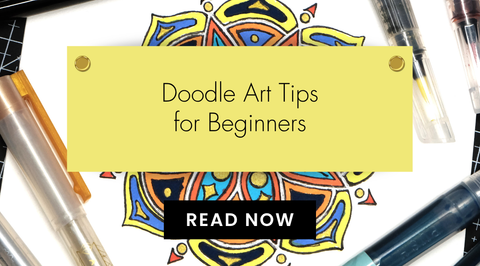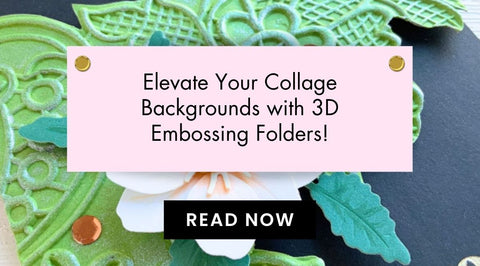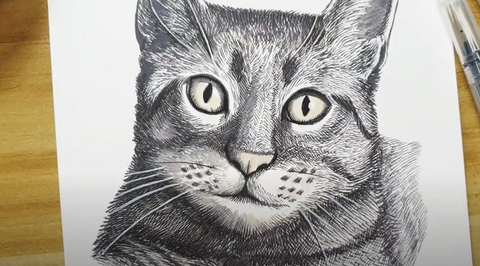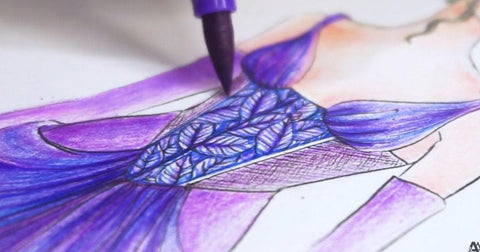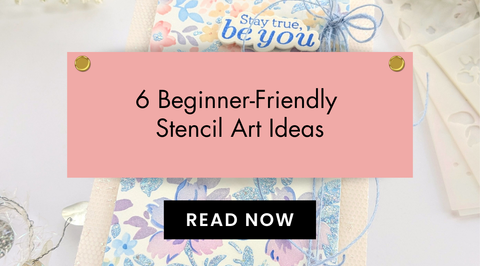Top 10 Tips for Creating the Best Art Portfolio
Last Updated: September 27, 2024
“Art is not what you see, but what you make others see.” - Edgar Degas
Creating an art portfolio can feel like trying to find a needle in a haystack—overwhelming and a bit daunting. But fear not! Whether you're a budding Picasso or just starting your artistic journey, we’ve got you covered with these art portfolio tips that will help you build a stunning showcase of your work. Let's dive in!

Top 10 Tips for Creating the Best Art Portfolio
1. Define Your Artistic Style
Before you start throwing random pieces into your portfolio, take a moment to reflect on your unique style. Are you a watercolor wizard, a sketching savant, or a master of mixed media? Defining your artistic voice will help you select pieces that truly represent you.
- Identify your preferred mediums and style (painting, drawing, sculpting, etc.)
- Think about the themes and subjects you love
- Be authentic—your portfolio should scream "you!"

2. Choose Quality Over Quantity
Remember, it’s not about how many pieces you have; it’s about how well they showcase your talent. A smaller collection of high-quality pieces is far more impressive than a cluttered collection of mediocre works.
Tips:
- Select 10-15 of your best pieces.
- Ensure each piece reflects your skills and style.
- Choose pieces that you're most proud of.

3. Organize Your Portfolio
A well-organized portfolio is like a good novel—it should have a clear flow and keep the viewer engaged. Arrange your work thoughtfully, perhaps by medium or theme, to create a narrative.
Tips:
- Start with your strongest piece.
- Follow with complementary works.
- End with a piece that leaves a lasting impression.

4. Write Engaging Descriptions
Don't let your art do all the talking! Adding descriptions can provide context and insight into your creative process. This is your chance to connect with viewers on a deeper level.
Tips:
- Keep it concise (1-2 paragraphs).
- Share your inspiration and techniques.
- Use engaging language to capture interest.


5. Include a Variety of Works
While consistency is important, showcasing a variety of works can demonstrate your versatility as an artist. Include different mediums and styles to show off your range.

- Paintings (oils, acrylics, watercolors, gouache)
- Drawings (pencil, charcoal, inks, alcohol markers, water-based markers)
- Mixed media or experimental works (embossing paste, clay, etc.)

6. Keep It Updated
Your art portfolio is a living document. As you grow and evolve as an artist, so should your portfolio. Regularly update it with new work that reflects your current skills and interests.
Update Frequency:
- Every 6 months or after completing significant projects
- Remove older pieces that no longer represent your style

7. Get Feedback
Sometimes we need a fresh pair of eyes to see what we can’t. Share your portfolio with trusted friends, mentors, or fellow artists to gain constructive feedback.
Feedback Tips:
- Ask specific questions (What do you like? What could be improved?)
- Be open to criticism—it's part of the growth process

8. Create an Online Presence
In this digital age, having an online portfolio is essential. It allows you to reach a wider audience and showcase your art without geographical limitations.
Online Portfolio Options:
- Personal website (using platforms like Wix, Squarespace, or WordPress)
- Social media (Instagram, Pinterest, Tiktok, and YouTube)
- Art-specific sites (Behance, DeviantArt, Reddit)
- Teach online classes (UDemy, Skillshare, YouTube, etc.)

9. Present Professionally
Whether you're presenting your portfolio in person or online, professionalism matters. Make sure your work is well-photographed and free from distractions.
Presentation Tips:
- Use high-quality images
- Ensure proper lighting for photographs
- Avoid cluttered backgrounds in images

10. Tailor Your Portfolio for Each Opportunity
When you're preparing to submit your portfolio for a specific opportunity, such as a gallery show or an application to an art school, it's essential to customize your presentation to align with their specific requirements and expectations. This tailored approach not only demonstrates your commitment to the opportunity but also increases your chances of making a positive impression.
Why Customization Matters
Different galleries, schools, and exhibitions often have unique themes, values, and criteria that they prioritize. By taking the time to research and understand what they are looking for, you can present your work in a way that resonates with their mission and aesthetic. This shows that you are not only a talented artist but also someone who is attentive to detail and capable of adapting to different contexts.

Customization Tips
- Highlight Relevant Pieces
- Review the opportunity’s theme or focus. For instance, if a gallery is showcasing contemporary abstract art, select pieces from your portfolio that align with this style.
- Consider the medium and size of the works they typically exhibit. If they favor large installations, include your most impactful large-scale pieces.
- Ensure that the selected works showcase your best skills and creativity, as well as your ability to convey messages or themes relevant to the opportunity.
- Follow Specific Guidelines Provided
- Carefully read any submission guidelines provided by the gallery or school. This may include specifications on the number of pieces, format (digital or physical), and any particular themes or concepts they want to see.
- Adhere to deadlines and submission formats (like file types for digital submissions) to avoid disqualification.
- If they request images of your work, ensure they are high-quality and properly formatted, as this reflects your professionalism.
- Include an Artist Statement if Required
- An artist statement can provide context for your work, explaining your artistic vision, influences, and the themes you explore. If the opportunity requests this, make sure to craft a clear and compelling statement.
- Tailor your statement to reflect how your work aligns with the opportunity’s values or themes. This personal touch can help the selection committee understand your perspective and intentions as an artist.
- Keep it concise, focusing on the most relevant aspects of your practice, and avoid jargon to ensure clarity.

Minty Mint Alcohol Ink - Sweet Leaf Alcohol Ink - Sunray Alcohol Ink - Pastel Sunrise Alcohol Ink - Sea Breeze Alcohol Ink - Turquoise Alcohol Ink
FAQs About Art Portfolios
Q: What makes a good art portfolio?
A: A good art portfolio is cohesive, showcases your best work, and reflects your unique style. It should tell a story about who you are as an artist and leave viewers wanting to learn more.
Q: How do I make an art portfolio example?
A: To create an art portfolio example, start by selecting 10-15 pieces that represent your best work. Organize them thoughtfully, write engaging descriptions, and ensure high-quality images are used.
Q: What not to include in an art portfolio?
A: Avoid including unfinished works, pieces that don’t represent your current style or anything that makes you feel embarrassed. Quality over quantity is key!
Q: What should I draw for my art portfolio?
A: Draw pieces that highlight your strengths and interests. Consider including a mix of styles and mediums to showcase versatility—think landscapes, portraits, abstract works, or anything that inspires you!
Now that you have these art portfolio tips, it’s time to start creating it! Remember, building an art portfolio is an exciting journey that showcases not just your artwork but also the artist behind it. Drop by The Creative Corner for more art inspiration, tips, and tricks!





